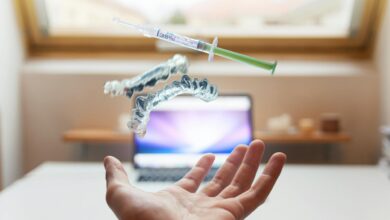How to Prepare a Disaster and Emergency Bag?

In the first 72 hours after the earthquake, a Disaster and Emergency Bag, where you will keep your urgent needs and valuable documents until the aid teams arrive, can save the life of you and your loved ones.
It is important to have a Disaster and Emergency Bag ready and within reach, containing the materials you may need immediately after disasters. The bag should also contain the necessary necessities for the person(s) you are responsible for (babies, the elderly, the disabled) and your pets, if any.
After a disaster, you may not be able to reach places where you can get food, drink and emergency needs. If you have minor injuries, you can fix them yourself. For such situations, it is very important to determine what should be in your disaster bag correctly and to store your bag in an easily accessible place. Disaster and Emergency Bag should not only be in your home, workplace, but also in your school and classroom.
For this, you should determine the things you may need together with your teacher and keep your bag in your classroom in an easily accessible place for your teacher. You should not forget what you need to include in your bag related to the special needs of people with disabilities. You should regularly check the food and drinks in it and learn from your elders how to keep them intact.
What Should Be Inside the Disaster and Emergency Bag?
Food
- Foods that contain high calories, vitamins and carbohydrates, prevent water loss and are durable (not perishable) (Canned, dried fruits, tahini-molasses, fruit juice, etc.).
Photocopies of Important Documents
- Identity cards (ID card, driver’s license, etc.)
- Title deed, insurance, license documents
- Mandatory Earthquake Policy
- Diplomas
- Passport, bank wallet etc.
- Other (pet health card, etc.)
- clothes
- Underwear
- Sock
- Raincoat
- Clothing suitable for the climate
- Water (Adequate drinking water should be taken with each family member in mind.)
Hygiene Materials
- Soap and Disinfectants
- Toothbrush and paste
- Wet wipes
- Toilet paper
- Sanitary pad
- Other materials
- First-aid kit
- sleeping bag or blanket
- Pocket knife, whistle, small scissors
- paper, pen
- Battery-powered radio, flashlight and spare batteries (durable/long-life batteries should be selected)






